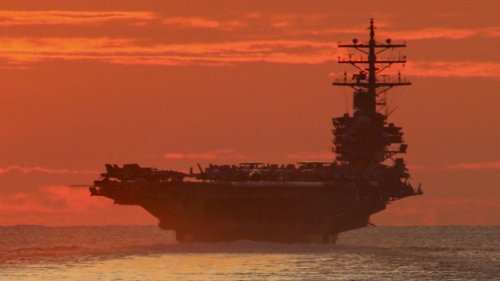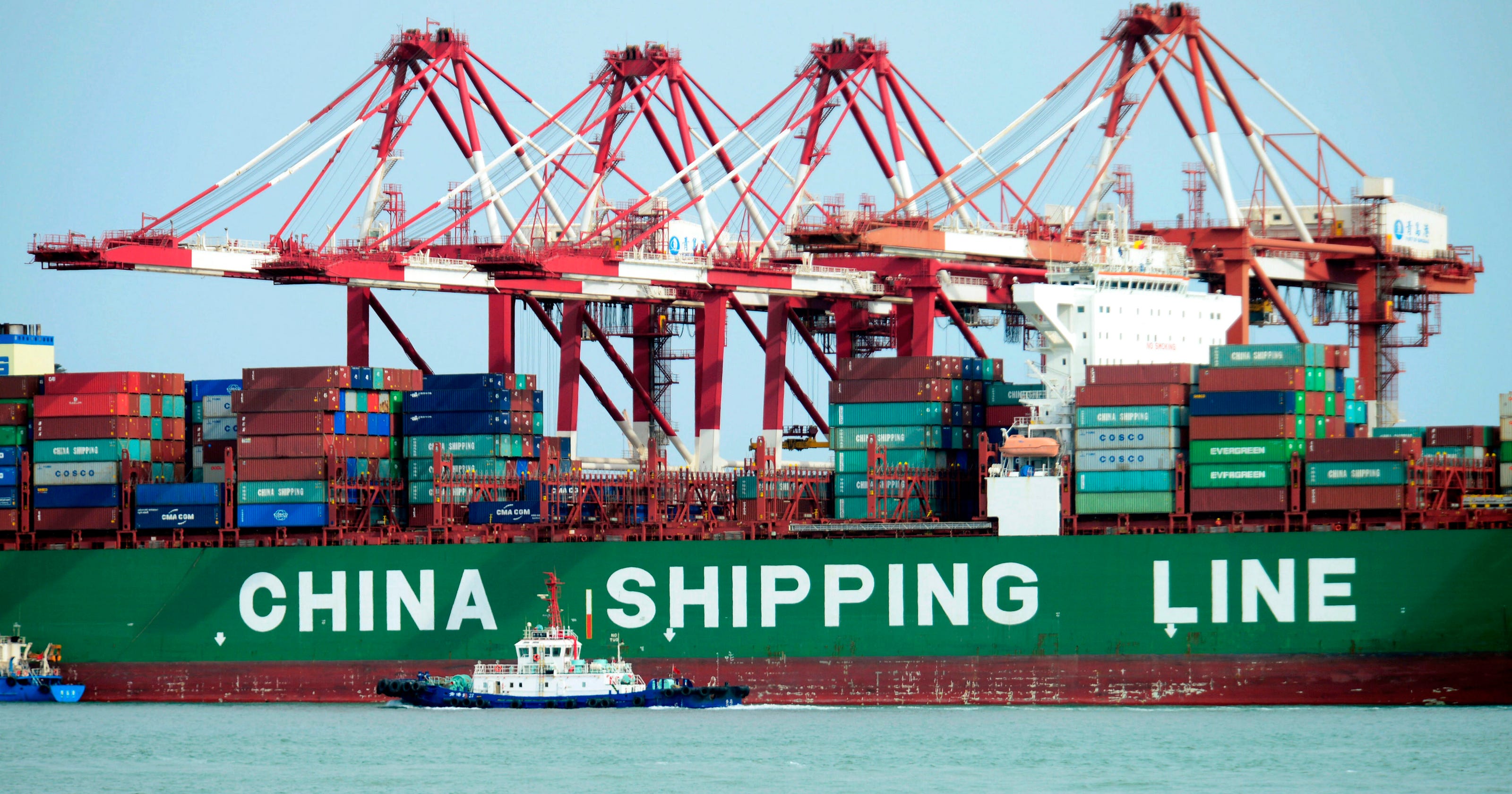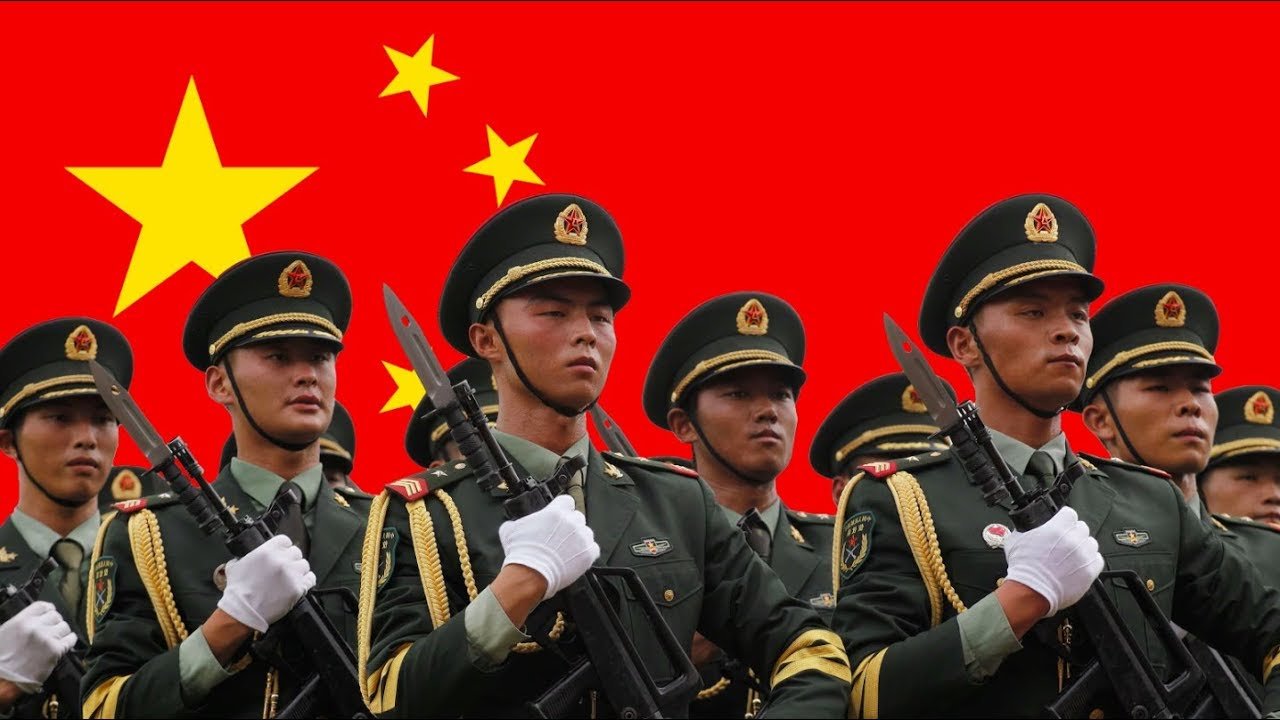To add insult to injury, it now appears that Al Qaida will
emerge as the controlling power in post Assad Syria. It's worth mentioning,
that while we were battling Al Qaeda in Afghanistan for 20 years, following the
cowardly attack on 9/11, the U.S. was arming and supporting Al Qaida's efforts,
albeit under the names "Jabhat al-Nusra Front" and "Hay'at Tahrir
al-Sham' (aka"HTS" ) in Syria
to overthrow President Bashar Assad.
Of course, ISIS/ISIL is back. They've already reoccupied the
Syrian city of Homs and look to further expand. To give you an idea as to their
intentions, all one needs to do is look at their name--- the Islamic State of
Iraq and Syria. On September 24, 2014, the Obama Administration officially
announced they would be more "hands on" in Syria in order to oust
ISIS.
At about the same time, the CIA began using Syria as one of its base of
operations, starting from the mid-1990s and extending well into the 2000's, for
its "extraordinary renditions" (aka "unofficial
kidnappings") of so-called "ghost detainees" (ISIS and Al Qaeda fighters, cleric, and supporters) for the purpose of extreme interrogation
methods.
In 2008, the CIA formed the "Damascus Community
School" to lure anti-Assad groups, officials, and civilians (such as
teachers and professors) away from the pro-Soviet orbit. They also started
funded and training various paramilitary units to oppose Assad, as well as
pro-Iranian terrorist organizations. It should be mentioned that the CIA has
been active in Syria since 1949 when it helped plan the March Coup of 1949.
Syria was the CIA's first "test case" for overthrowing governments
not seen as favorable to U.S. national interests.
Using the code name "Operation Inherent Resolve" (my how they do love their secret code names), the U.S. vowed to fight ISIS through the Syrian Free Army (aka "Revolutionary Commando Army" or "RCA") and the Kurdish led Syrian Democratic Front, led by the Kurdish "Popular Protection Units", which are regarded as a terrorist organization by Qatar and Turkey (one nation's terrorists is another nation's liberators). Other groups involved in the fighting include Syrian National Army and the Turkish Armed Forces.
Now, why would we underwrite groups to overthrow the
government of President Bashar Assad?
The answer is really simply. Syria has been Russia's regional ally for decades.
Syria is to Russia what Israel is to the United States. Of course, the U.S.
made the usual allegations about the people fighting for their democracy and so
forth, the truth was to simply remove the pro-Russian Assad Government, secure
access to Syrian oil and gas, and further isolate Iran.
Iran is the center piece in this regional game of chess. The neocons goal all along has been to take control of Iraq and Afghanistan, and
destabilize Syria. Then, with our Arab
allies, isolate and ultimately strangle the Iranian government. Well, Iraq is
free of Saddam but it's far from stable. However, like the Russians before
us, we were handed our eviction notice
by the Taliban and Al Qaeda in Afghanistan while Iran remains still standing.
In fact, Iran is hard at work developing a nuclear bomb and
delivery system to "wipe Israel off the map, even at the cost of Iran
being vaporized. In addition, the
Iranians have helped to underwrite and arm terrorist groups like the Taliban
and Al Qaeda, but Hezbollah in Lebanon, Hamas in Gaza, Boko Harem in Africa,
and terrorist organizations in Yemen, Libya, Sudan, and elsewhere.
The only glimmer about the Assad Government's fall is that
Russia is without its primary regional ally. The problem is that Al Qaeda,
which has already launched rockets at Israel while fighting the Syrian
military, will now be that much closer to Israel and will have another shot at
a Islamic State.
Israel has used the chaos in the aftermath of President Bashar Assad's departure, to expand its presence from the 1973 UN imposed buffer zone with Syria by redeploying its troops from the top of the Golan Heights to new positions just a few miles on the other side of the Golan mountains, thus pushing Al Qaeda's Iranian supplied missiles a little further back.
Not unexpectedly, the rest of the Arab world, including some
of its nominal "friends" like Jordan and Egypt, to object, claiming
that Israel is attempting to permanently occupy Syrian territory. Of course, it didn't help that Israeli Prime
Minister Benjamin Netanyahu said precisely that was Israel's intent.
Although Russia has been engaged in a protracted war with
Ukraine, designed to keep it bogged down, deplete its military and economy, and
(hopefully) weaken Putin's hold on the government, Russia did make a attempt to
aid their old comrade, Assad, despite a chorus from the West (led by the U.S.
State Department) alleging "interference". Why is it that the U.S.
and West can aid allies but nobody else can?
While Assad wasn't necessarily a good guy, at least as far
as U.S. interests were concerned, he did provide a stabilizing presence. Much
like Saddam Hussein had done in Iraq (even after having his wings clipped
following "Operation Desert Storm",
Saddam provided Iraq and the region with political and military
stability while keeping the religious extremists in check albeit under his iron
fist. Hussein's removal and U.S. failure to have a post-Saddam plan in place,
ultimately resulted in a backlash against U.S. occupation and its puppet
government, the suppression of the majority Shiite, and radical Islam.
For those unfamiliar with the political situation in Iraq
and why a majority religious group would be held in check, it's because Saddam
Hussein was part of the Sunni minority. Saddam ensured that Sunni tribal
chieftains and members of his family (including uncles and cousins) were given
positions of power while key members of the government and military were also
Sunnis.
The suppressed Shiites were often brutally treated (as were the Kurdish and Christian populations). It's worth mentioning that Saddam had only one Christian as part of his secular administration, Tariq Aziz, who was Deputy prime Minister. Aziz was a member of the Chaldean Catholic Church, a sect of the Eastern Orthodox Church. The Kurds and Yazidis had no one in Saddam's government.
Like Hussein, Assad managed to keep religious fanatics at bay and limit Iran's influence (he also throttled
Turkey's expansionist ambitions. However, like the Turks, he was no friend of
Kurds and only tolerated the Yazidi as well as the Christians). Now, that's all changed thanks in large part
to neo-con arrogance and a shortsighted U.S. foreign policy. So, what happens
next?
As with most events of this sort, there will likely be a
prolonged and bloody battle for final control of the country. Syria will, no
doubt, end up divided with two dominant players jockeying for position behind
the scenes. The first will of course be
the U.S. and its proxy, Israel. The other will be Iran and its puppet terrorists
organizations, and behind it Russia and China. The trouble, I think, is that
the neo-cons and Iranians are playing two very different and dangerous games.
The U.S. is, as always, thinking in terms of regime change.
Its objective is the ultimate control of Iran's ample oil and gas production, and
control of the region. China is playing a similar game by buying up rights to
resources all over the world. It knows that whoever controls key resources such
as fresh water, farmland, and strategic minerals needed for technology, wins.
We are banking that the control of oil and gas will ultimately trump China's
objectives.
Iran, however, is less interested in who among the
non-believers control what. It's outlook is strictly religious. It sees as its
sole objective to restore or impose a strict global Islamic Caliphate, to aid
in the coming of the 12th Imam (a messiah or prophet of sorts) and the destruction
of Israel at any cost, even that of its own survival.
The thing about religious zealotry is that you can only bargain with it in the short term, You can never compromise with it over the long term. Why? Because from its perspective, it is God's sole arbiter on Earth. How can God be negotiated with or bought off? There is only submit or perish.
President Assad's departure will create a void more severe
than did Saddam Hussein's by creating a similar strategy as to the neocon's, but in reverse. It's mortal enemy, Iraq, is no longer a threat. The
Shiites are now in charge, which is good for Iran. After 20 years of war,
Afghanistan remains. The Taliban is still in charge. The "Great
Satan"---the United States---has been defeated in their eyes, and our
unorganized departure has left them stronger than they were in the beginning.
Despite the
decimation of its leadership, Al Qaida remains , and now it's on the verge of
controlling a large swath of Syria. ISIS/ISIL too presents a serious threat. Iran's proxies are closer to Israel than ever,
and therefore Iran's missiles won't require the development and deployment of a
long range delivery system. In fact, Al Qaida has already shown that it can
easily hit Israel's Galilee area from their positions in northern Syria.
Israel's occupation of the far side of the Golan Heights,
which has been demilitarized since the Syrian defeat in the 1973 Yom Kipper
War, is understandable from a military security perspective. Additionally,
there is some bad blood between many of the rebels now in control of Syria. How
that will play out remains a serious question with the very real possibility of
a renewed civil war.
It provides a badly needed extra buffer zone, but at what cost? The ire of the Arab world, including its tentative friends? Even its historic allies in the West, principally the EU/NATO and even the U.S., have accused the Israelis of deliberate "genocide" of the Gazians (although Hamas has done far worse to them, and bear in mind, Hamas started this fight with a massacre of 1200+ Israeli civilians on October 7, 2024).
Now, Turkey, a major power of the EU and NATO, has hinted at
intervention if Israel doesn't back off. If that happens, what then? The prime
directive of NATO is "an attack on one is an attack on all". Could
little ole Israel find itself facing NATO and the Arab world, and if so, what
about the United States? It's the linchpin of NATO. Meanwhile, the various factions will duke it out for greater control and old scores will be settled as it always tends to happen in a power vacuum. This is what's at stake now that Assad's
government has fallen and U.S. foreign policy continues to blunder forward with
outdated objectives.
Thank you for reading "Another Opinion", the Op/Ed blog page for the "militant middle". Here at "A/O" we truly value our readers. At A/O we seek the facts as they exist, not partisan talking points. We hope you found our articles informative and engaging. Comments are welcome, provided they are not vulgar, insulting or demeaning. Another Opinion is offered without charge and is directed toward all independent and free thinking individuals. We do ask, however, that you "like" us on whatever site you found us on, and that you please pass our post along. Below you will find links to the sources we used in writing this article. Thank you.
5 things to watch as Syria confronts a new future
US intervention in the Syrian civil war































